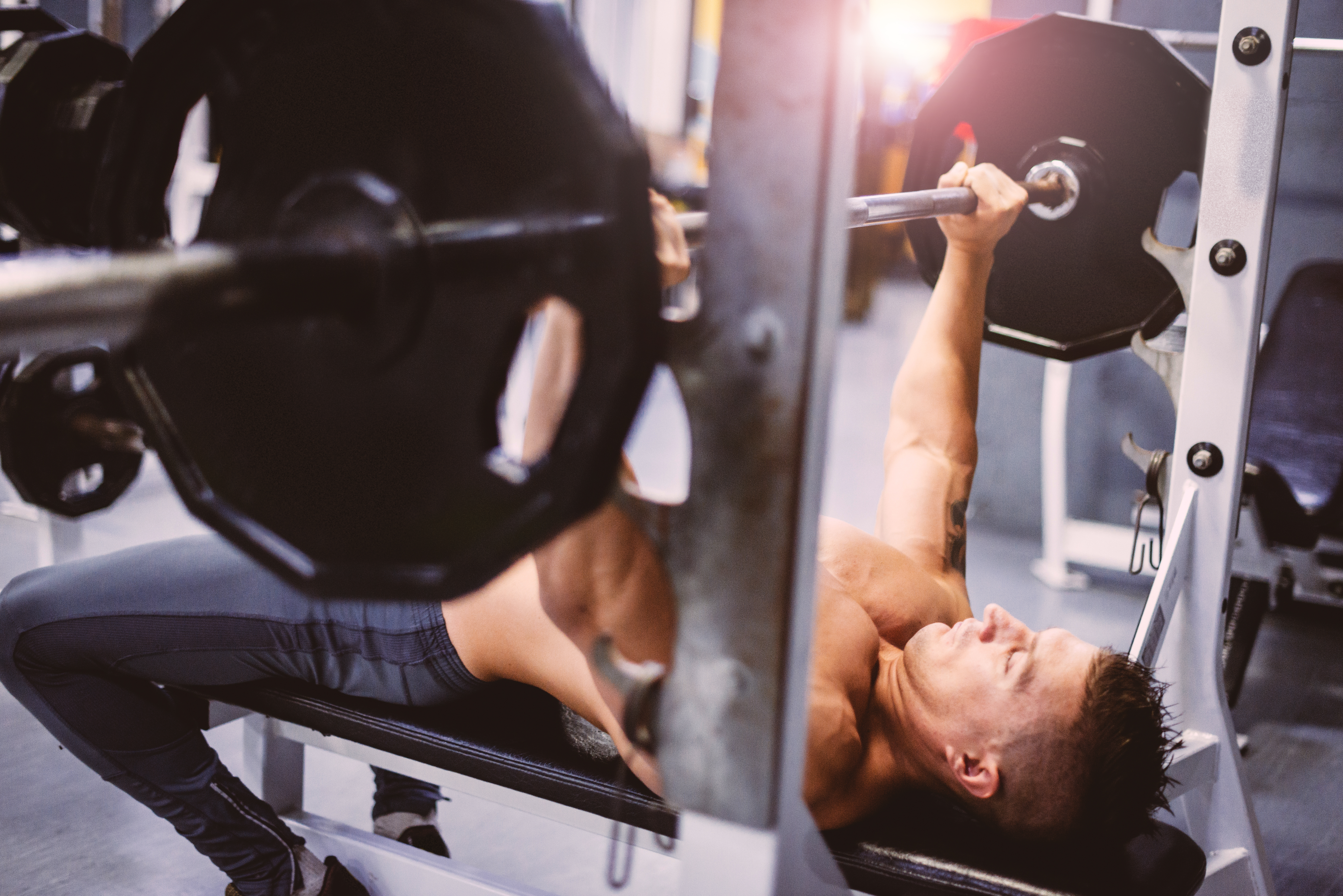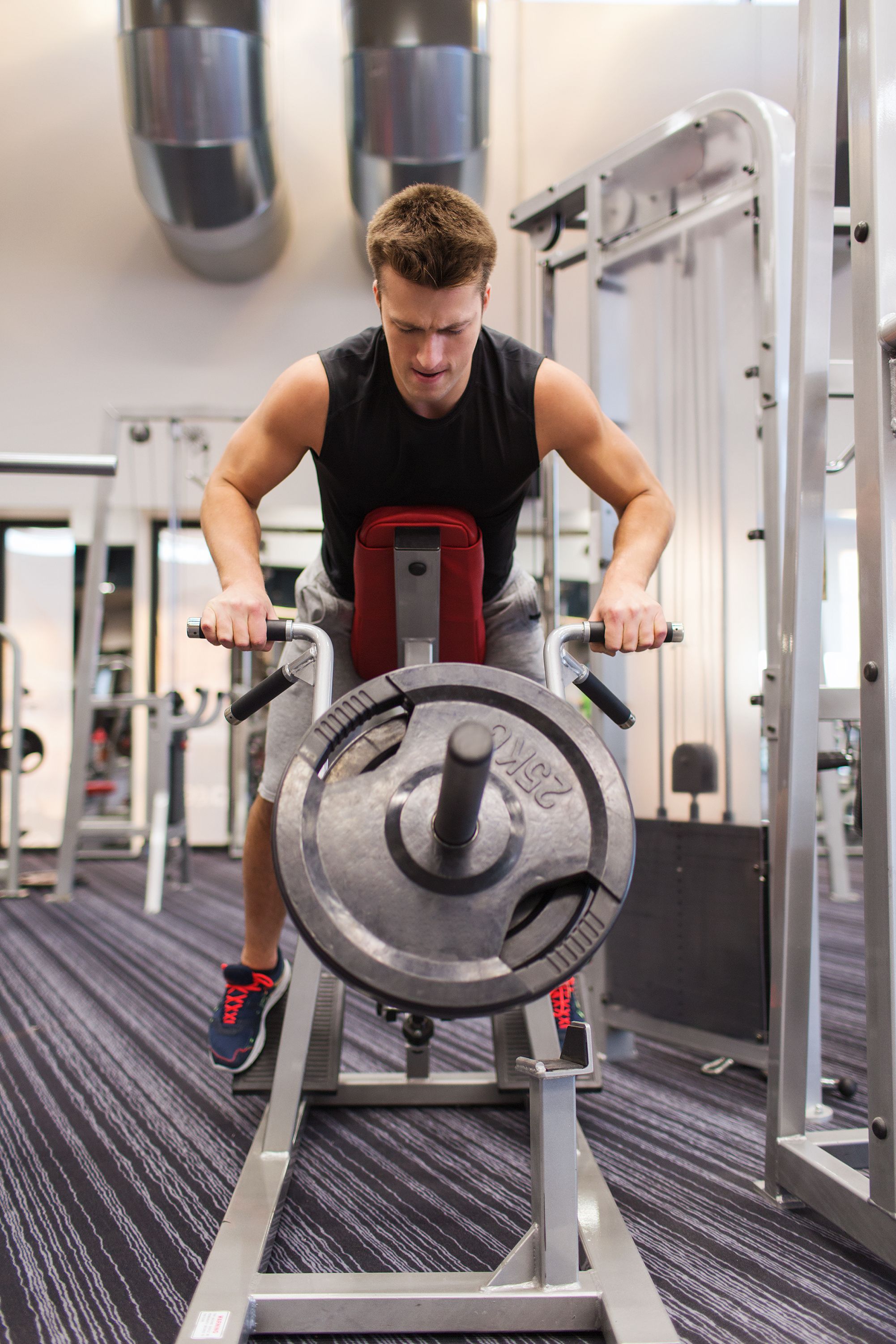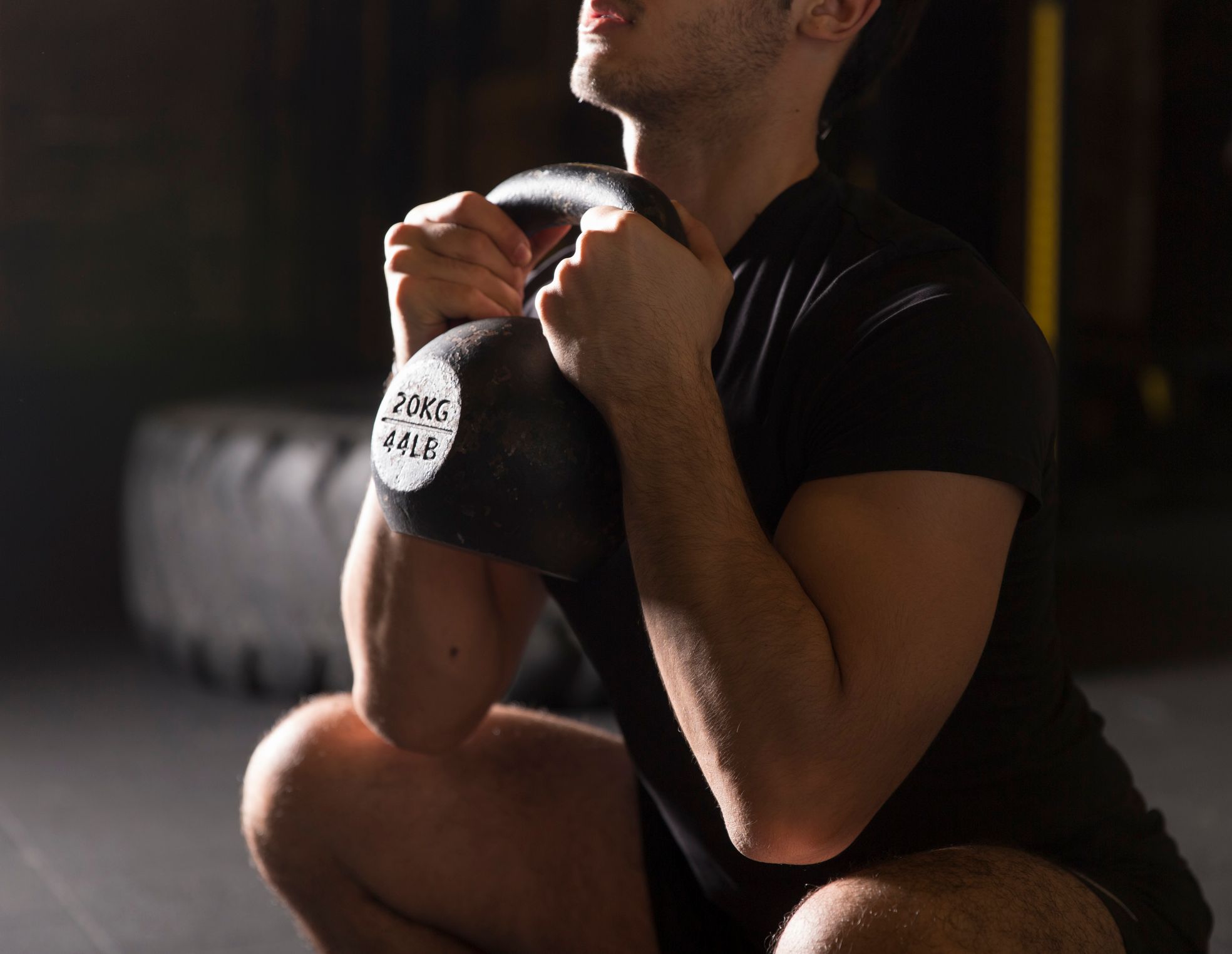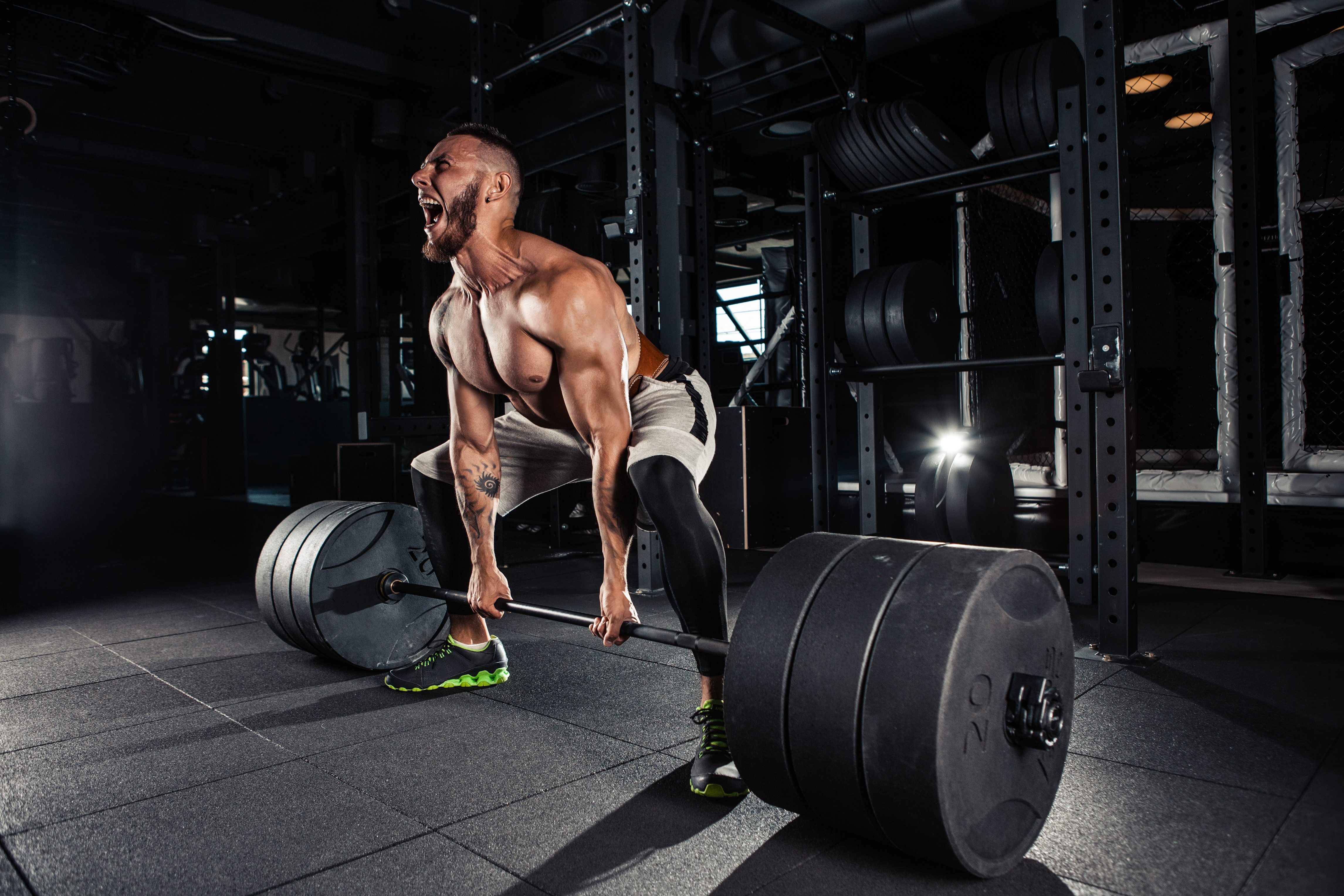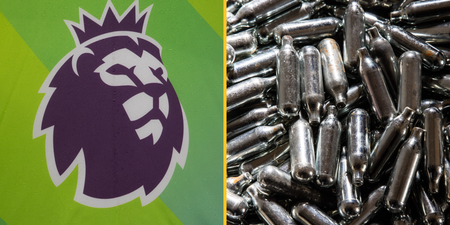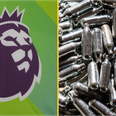Some of Britain’s most successful Olympians are rowers. With one look at a typical training day, it’s easy to see why
Physical preparation at the elite level of any sport is gruelling – but the sheer demands placed on rowers may surprise you.
If you thought that a standard rowing machine was all you needed to get into gold-medal condition, you’d be mistaken. This five-exercise routine combines compound exercises with high volume and endurance.
It is designed to replicate what it takes to row successfully at Olympic and elite level. You’ll need to pick a weight that you can lift for 30-40 reps. This may seem light, but calls upon a high amount of muscular endurance. You’ll be feeling it in no time.
Here are the exercises you’ll need to include in your workout:
Bench Press
- Retract your shoulder blades
- Your hand placement should be roughly shoulder-width apart
- The barbell should be lifted in line with your sternum
- Squeeze and contract your pecs at the top portion of the movement for 1-2 seconds. Lower to the beginning and then repeat
T-Bar Row
- Grasp the handles with a shoulder-width grip
- Keep your back straight and chest pressed firmly against the pad
- Row in towards your chest
- Pause at the top, holding the contraction there for 1-2 seconds
Kettlebell Goblet Squat
- Take a normal squat stance – with your feet slightly wider than shoulder width apart
- Your hands should be held either side of the kettlebell’s handle
- Keeping your back straight, squat as low as is comfortable for you
- Hold the kettlebell close into your chest at all times, this ensures your spine remains neutral and straight
Weighted Abdominal Crunch
- Hold the weight (medicine ball, kettlebell, weight plate) close to your chest
- Perform the crunch with a controlled tempo, keeping your back straight
- Focus on contracting the abs at all times, particularly at the top of the movement
Sumo Deadlift
- Your feet should be set wider than on a conventional deadlift
- Grip the bar with a narrow hand placement, inside of each leg
- Your grip placement should be in-line with your shoulders
- Retract your shoulder blades and engage your lats
- Hinge at your hips, not your back
- Drive through your heels, firmly planted on the ground
To get to grips with the general training schedule of an elite rower, JOE spoke to Alex Gregory, Team GB athlete and ambassador for U Do Sport. He said:
“Our training regime would consist of three training sessions per day, seven days a week with just one day off per month.
“Most days would consist of:
Session 1: 7am start – 20km on the water
Breakfast
Session 2: 90-minute – 2-hour weight session.
Lunch
Session 3: 16km on the rowing machine + core stability.”
This amount of training volume is enough to make the majority of sports blush. Consistent nutrition is key to fuelling long-lasting performance. Gregory says:
“Weekly mileage is roughly between 250 – 300km.
“I would look to consume roughly 5,000 calories per day to maintain body weight and muscle mass.”
https://www.instagram.com/p/Bf1CT7in6mr/?hl=en&taken-by=alexgregorygb
Elite rowers are put through their paces and performance is monitored consistently on a series of tests.
“There is a 30-minute test on the rowing machine every week”, Gregory says.
“All members of Team GB compete against each other as individuals.”
This gruelling schedule is a hugely-demanding enterprise.
“I would only get two weeks off a year after the World Championships, then the season and routine would start again.
“Training and selection lasts for about six months of the year where every session would be monitored against the selection process.”
You can never rest on your laurels, Gregory claims, as every session is essential.
“There is a constant need to perform in every session as you are judged as an individual before you are put into crews and then judged in your crew combination; so although you may not be tested every day, every session counts.”
Read more: what it takes to compete in the Tour De France

